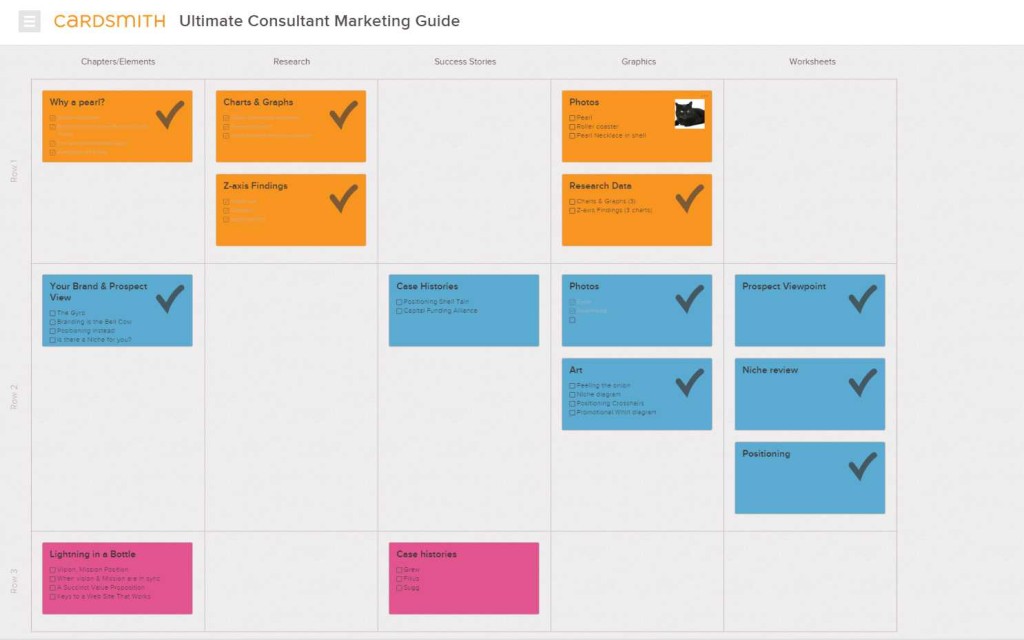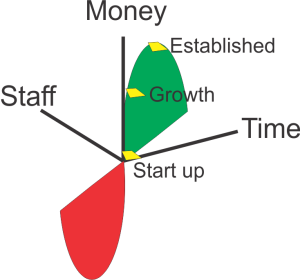“Human beings are built that way” Rob drawled. “They can be lured to the dark side so easily. ‘Course it doesn’t hurt if he thinks the sun comes up just to hear him crow.”
Once again, our brand guru fueled on grits turned my mind around before I sat down.
Rob, I said, “What are you talking about? I know the new Start Wars opened last night but somehow I think it is something else you’re trying to convey.”
“Fletch,” he said, that string of movies always has a fair amount of concern about the dark side so naturally I was talking to Rick about how that gets used in his direct marketing business and that led to politics and, well, that’s when you came in.”
“Okay,” I replied, “so the roadmap here is dark side to direct marketing to politics. Is that right”
Rick piped up and said, “That’s the short and not so sweet of it. Basically he’s saying that the way folk’s minds work it is really easy to get to them with the dark side not to mention that he thinks folks like Chris and I are experts at using photos and copy to exert an outrageous influence over most prospects.”
Kate, ever the pragmatic sales expert cleared her throat. Everyone swung to look at her.
She sniffed and said, “Don’t you all know by now when he’s about to spring one of those tar baby stories on you? He’ll lead you right down the primrose path and then snicker when he gets you to fling him into the briar patch. Don’t you know that’s where he grew up? He understands Brand because he has more than a nodding acquaintance with the dark side.”
You could hear the clock on the wall behind Gail ticking it got so quiet.
Gail, our writer/editor/campaign builder said, “Could you spell that out a little more for me?”
“Sure,” Kate said. “Name an iconic brand. I’ll bet you come up with Apple and Starbucks and maybe Google and a handful of others. Can you tell me one that set out to be an icon? Can you tell me one that had a mission statement that set them apart?CAn you tell me one that doesn’t have some contribution from the dark side?”
Rob said, “She’s right. All of them fell into it. In fact the iconic Apple commercial that ran in the 1984 Super Bowl had a suit filed against it by the estate of George Orwell. The commercial is considered to be one of the best of all time but it nearly did not get aired. The board of Apple wanted to kill it. Fortunately, that was a case of the dark side not winning. The agency defied a direct order to sell the time that had been purchased in the Super Bowl. They drug their feet long enough that the only thing left to do was run the commercial. That commercial got flung in the briar patch but still got aired.
Some people claim that Apple was introduced with the line “Think Different. Not so. The Think Different campaign came years later. That was in 1998. Originally, Steve Jobs was to be the voice over on the commercial but he felt people might believe he was an egomaniac. Right.
The dark side is always with us. It is a part of every brand. Theah’s a Chinese symbol that really makes it clear. Everything has positive and negative aspects. At the core of both the light and dark sides is dot of life spun up in the ongoing battle which describes the reality of any idea or company or organization. It is messy. There is always a dark side. It can be the basis of the brand or its downfall.
You can’t go all the way to the dark side or the light. Too much of either and you will crash and burn. The power is in adhering to the key precepts and acknowledging what got you here.
The Takeaway:
Brand is being perceived for a few key precepts by yourself, your employees, your customers and the general public. Brand is developed by those knowing full well that nothing is perfect and that there is always a dark side.
Jerry Fletcher’s blog recaps conversations with clients, prospects and the unruly mob of business development professionals he consorts with. They discuss marketing that works from solopreneur to enterprise level. Jerry Fletcher is the ringleader and “Watson” of the dialogue. Sign up for the blog and other publications at: www.JerryFletcher.com/Profit.html
Jerry has been researching and implementing small business marketing that builds businesses, careers and lives of joy for 25 years as President of Z-axis Marketing, Inc. Learn more at www.JerryFletcher.com
Schedule a personal appearance. Jerry speaks internationally on Networking, Marketing and Contact Relationship Magic. www.NetworkingNinja.com









